
- Home
- Brand / Mint
- American Mint (11)
- Balerna Switzerland (10)
- British Royal Mint (58)
- China (10)
- Chinese Mint (204)
- Cit (25)
- Credit Suisse (16)
- Franklin Mint (28)
- Holy Land Mint (11)
- Mayer Mint (23)
- Mexican Mint (106)
- Mixed Lot (14)
- New Zealand Mint (14)
- Pamp Suisse (24)
- Patriots Coin (15)
- Royal Canadian Mint (162)
- South African Mint (12)
- The Perth Mint (41)
- U.s. Mint (112)
- Valcambi (34)
- ... (3350)
- Certification
- Coin
- American Buffalo (6)
- American Eagle (57)
- Australian Kangaroo (10)
- Austrian Ducat (9)
- Bar (11)
- Canadian Maple Leaf (104)
- Chinese Gold Panda (46)
- Chinese Panda (202)
- Cook Islands (27)
- Dove Of Peace (8)
- Ingot (11)
- Mexican 50 Peso (6)
- Mexican Libertad (10)
- Mexican Peso (87)
- Mixed Lot (29)
- Noah's Ark (10)
- Panda (7)
- Peruvian Libra (6)
- Swiss Helvetia (6)
- Uk Sovereign (37)
- ... (3591)
- Fineness
- Strike Type
- Year
Ancient Javanese Gold Coin 1 Ma? A 2.4g Javanese Majapahit Era Currency
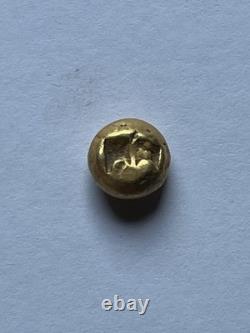
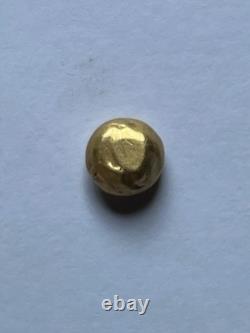
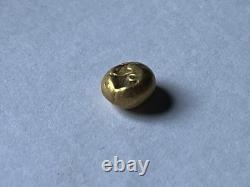
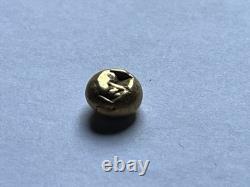
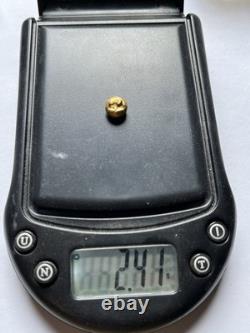
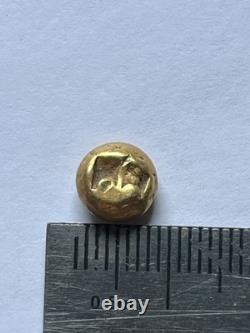


This is a rare and authentic ancient gold coin from Java, Indonesia, dating to the Majapahit or pre-Majapahit era (circa 13th-15th century CE). Known as a 1 Ma?
A coin, this unit was part of a traditional Javanese weight system, equivalent to approximately 2.4 grams of gold and often used in high-value trade and temple offerings. The coin is small, round, and features embossed or stamped motifs, possibly stylized scripts or religious markings-typical of early Southeast Asian gold currencies, often linked to maritime trade routes across the archipelago and Indian Ocean. Estimated Era: 13th-15th century (Majapahit/early Islamic period). Found by metal detector in Java. This type of gold currency has historical parallels to Piloncitos from the Philippines and early gold dust coinage used in the Srivijaya and Majapahit empires.
Highly collectible and extremely rare, especially in this condition and with clear stamping.

